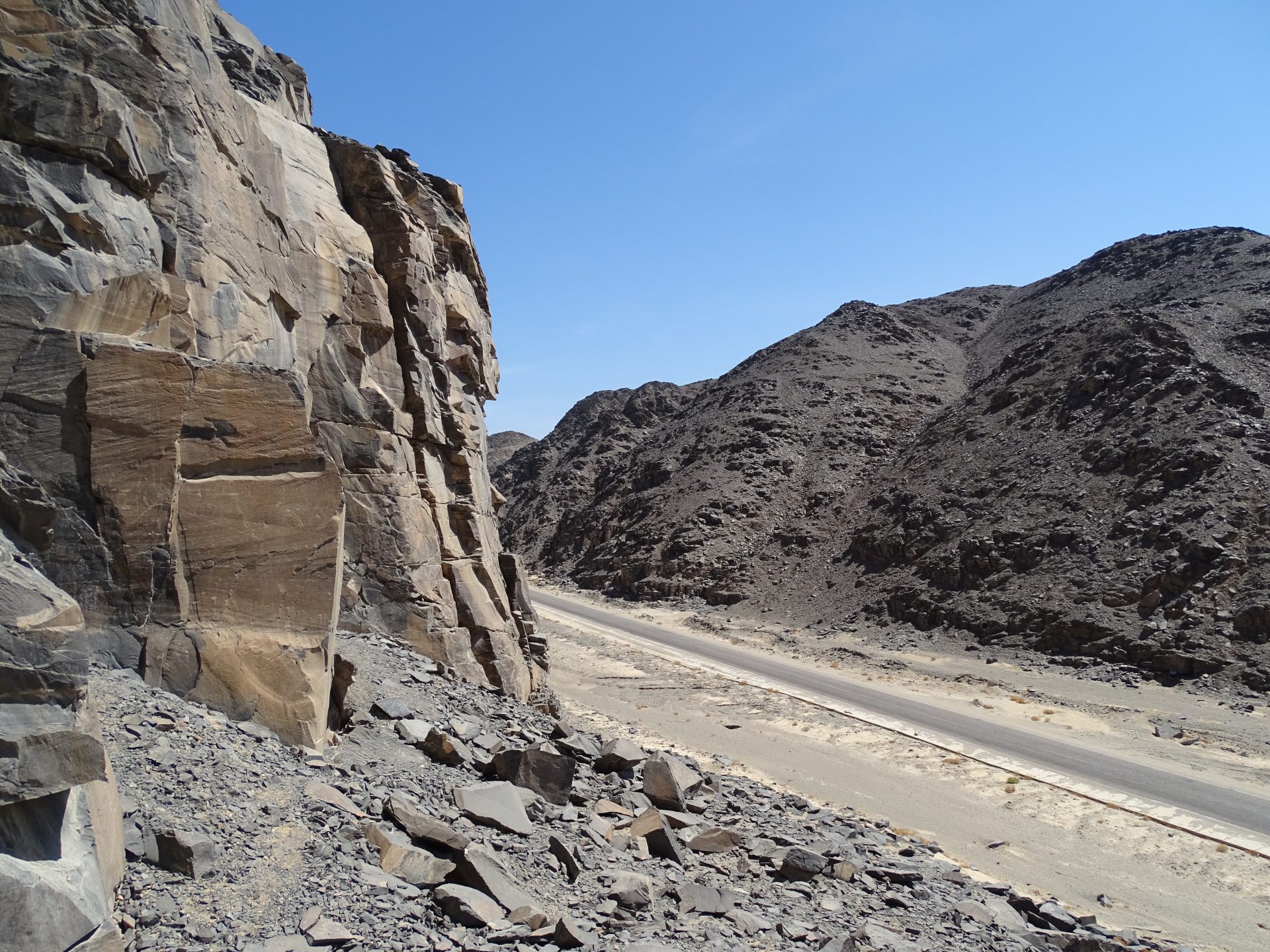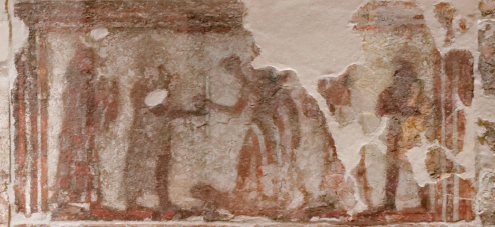Resource Mobilization, Social Engineering, and Opportunism: The Revival of Larsa in Nebuchadnezzar’s Babylonian State Project
365 Kaplan HallWhen a Babylonian and Median coalition put an end to Assyrian domination over the Ancient Near East in the late 7th century BCE, the Babylonian kings set about to revitalize the heartland of their new state, the Neo-Babylonian empire. One of the cities that benefited from this imperial program of rebuilding and land reclamation was...
Searching for Israel’s Ancestors in the Genomic Age
365 Kaplan HallDrawing on the presenter's collaboration with Stanford scientists, this talk will explore recent use of genetic evidence to uncover the ancient ancestors of the Jews. What has been learned from such evidence about the ancient Israelites, and why has this kind of research proven so controversial? The talk seeks to address these questions in a...
Episodes from the Early History of Knowledge: Instruction Manuals in Cuneiform Scholarship
Royce 243This talk examines the early history of the instruction manual, focusing on cuneiform texts identified as technical procedures. Addressed to “you” as the grammatical subject, procedures—in Akkadian, nēpešum, from the verb epēšu "to make, compute”— encompassed topics ranging from mathematics, glassmaking, horse-training, perfumery, medicine, and astronomy. Over the course of two millennia, procedures would develop...
History of the Armenian Language: Chronology
365 Kaplan Hall1. Indo-European Origins; Classical Armenian; Middle Armenian 2. Western and Eastern Dialects All welcome Pizza and refreshments will be served All proceedings will be in Armenian Hrach Martirosyan is currently Lecturer in Eastern Armenian in the department of Near Eastern Languages and Cultures at UCLA. After receiving his MA in Philology from Vanadzor Pedagogical...
Pourdavoud Center Lecture Series: Gil Stein
Royce Hall Room 306 10745 Dickson Plaza, Los Angeles, CA (CALIFORNIA)Please join the Pourdavoud Center for the Study of the Iranian World for a lecture by Professor Gil Stein. Achaemenids or Persians? Burials, Material Culture, and Imperial Identities in the Euphrates Valley (5th-4th centuries BCE) The Achaemenid empire was the largest empire in the world in the 5th-4th centuries BCE, encompassing numerous polities and cultural...
Pourdavoud Center: 14th Melammu Symposium
314 Royce Hall“Contextualizing Iranian Religions in the Ancient World” Please click here to view the full symposium schedule. The 14th Melammu Symposium: Contextualizing Iranian Religions in the Ancient World The Pourdavoud Center for the Study of the Iranian World is convening the 14th Melammu Symposium at UCLA. The international three-day symposium held at Royce Hall will explore...
New Insights into the Inscribed Landscape of the Wadi Hammamat Quarries
243 Royce HallLocated halfway between the Nile and the shores of the Red Sea, the Wadi Hammamat is the modern name of ancient greywacke and siltstone quarries in the Eastern Desert (Egypt), exploited from the Predynastic period onwards. Known to us since the time of its first explorers, namely K. R. Lepsius and J. Burton (19th century),...
From Enoch to Daniel: Reimagining the Past in the Aramaic Dead Sea Scrolls
314 Royce HallSponsored by The UCLA Alan D. Leve Center for Jewish Studies Cosponsored by The Department of Near Eastern Languages and Cultures Since the late 1940s, the approximately 1,000 manuscripts discovered in caves alongside the Dead Sea – popularly called the Dead Sea Scrolls – have been reshaping in significant ways study of the Bible and...
Armenian Dialects
305 Kaplan HallAll welcome Pizza and refreshments will be served All proceedings will be in Armenian Hrach Martirosyan is currently Lecturer in Eastern Armenian in the department of Near Eastern Languages and Cultures at UCLA. After receiving his MA in Philology from Vanadzor Pedagogical Institute, he pursued graduate studies under the supervision of Prof. Sargis...
Creating the Cult of a Goddess: Politics and Religion at Mari in the Old Babylonian Period
Fowler A222 308 Charles E Young Dr N, Los Angeles, CA, United StatesTraces of ancient Mesopotamian religion have been discovered by archaeologists working across the modern Middle East—temples and other religious structures, worn by time; small fragments of once-opulent cult statues and temple furnishings; clay tablets inscribed with stories of and hymns to the gods; and mundane records of administrators, concerned with tracking the many cults that...






